This sacred animal is a doe with golden horns and bronze hooves, dedicated to Artemis. As he does not want to hurt it, much less kill it, Hercules must chase it for an entire year.
Finally, the doe, exhausted by so much running, takes refuge on Mount Artemision; it is there that Hercules captures it, places it on his shoulders and heads for Arcadia.
But on the way, the son of Zeus meets Artemis and Apollo.
The goddess, furious, takes the doe from his shoulders and accuses him of having wanted to kill her sacred animal.
Hercules apologized profusely, he explained all the facts, specifying that Eurystheus alone was guilty.
Artemis, understanding the situation, allowed Hercules to take the doe to Mycenae, without any harm coming to it.
To reassure the reader, the story ends rather well. In the morning, Eurystheus went to the cell where the doe was captive, with the intention of having its golden horns cut off.
But when he opened the door of the jail, the animal had disappeared.....Artemis, in another place, sketched a victorious smile.
Very beautiful cast from the second quarter of the 19th century, later mounted on a black marble base. Small chip in one corner.
Provenance: Lord George Farrow Collection (1916-2001). Christie's then Hutchinson sale, November 2011.
Dimensions:
Height 34 cm
Width 34.5 cm
On request, I manage delivery for you in France and internationally. Shipping terms depend on your location.
Contact me to find out the amount and prepare the organization of your delivery.
I ensure that particular care is taken for packaging and protection adapted to your purchases.
Not putting all of my Furniture and Art Objects on Proantic, I invite you to follow my Instagram account where you can enjoy all the new items via the following link : @monantiquaire
All my Furniture and Works of Art
On my Website below:
Mon Antiquaire
INCLUDING A VIDEO
I look forward to your visit,
Géraldine Buisson.


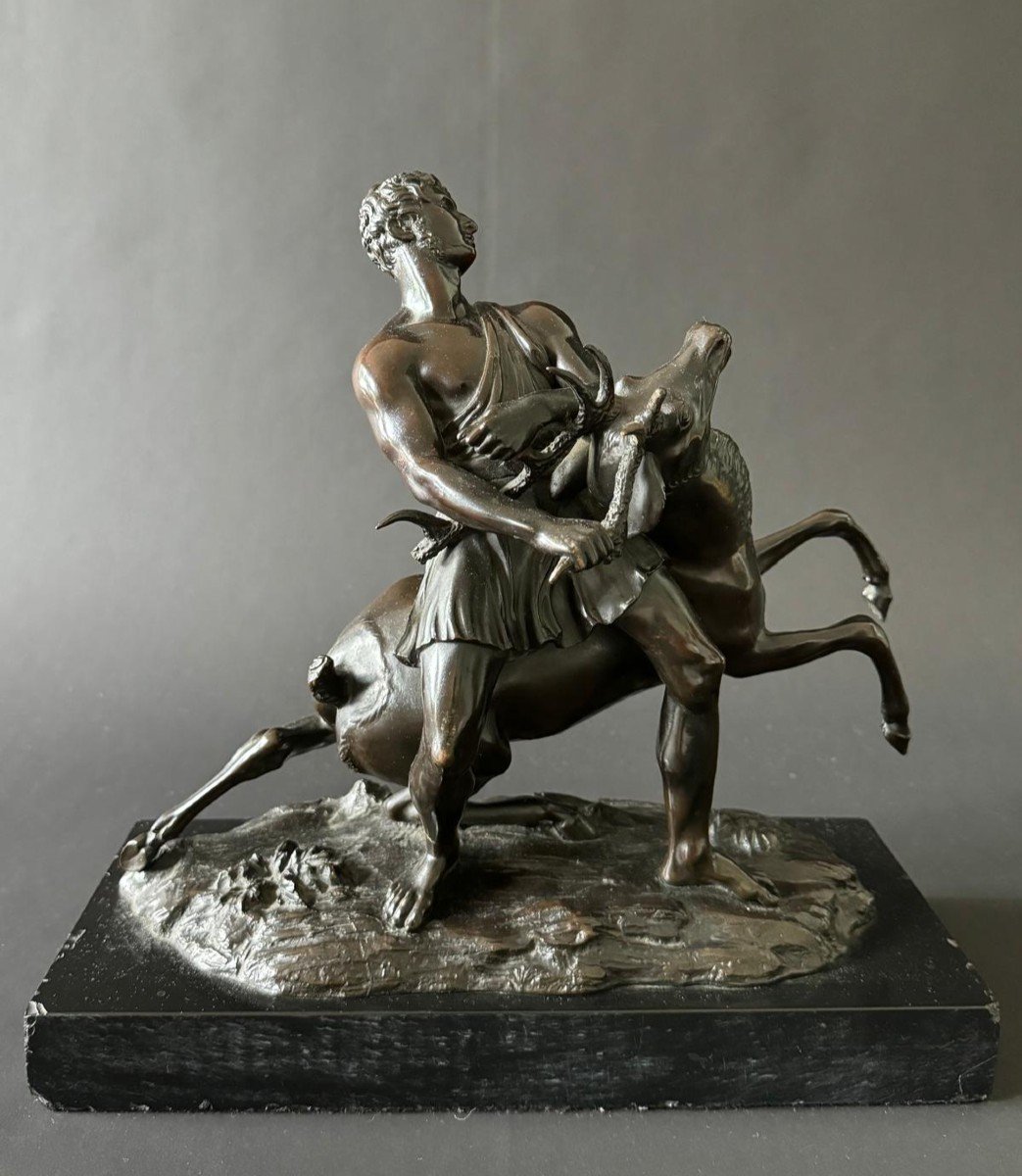
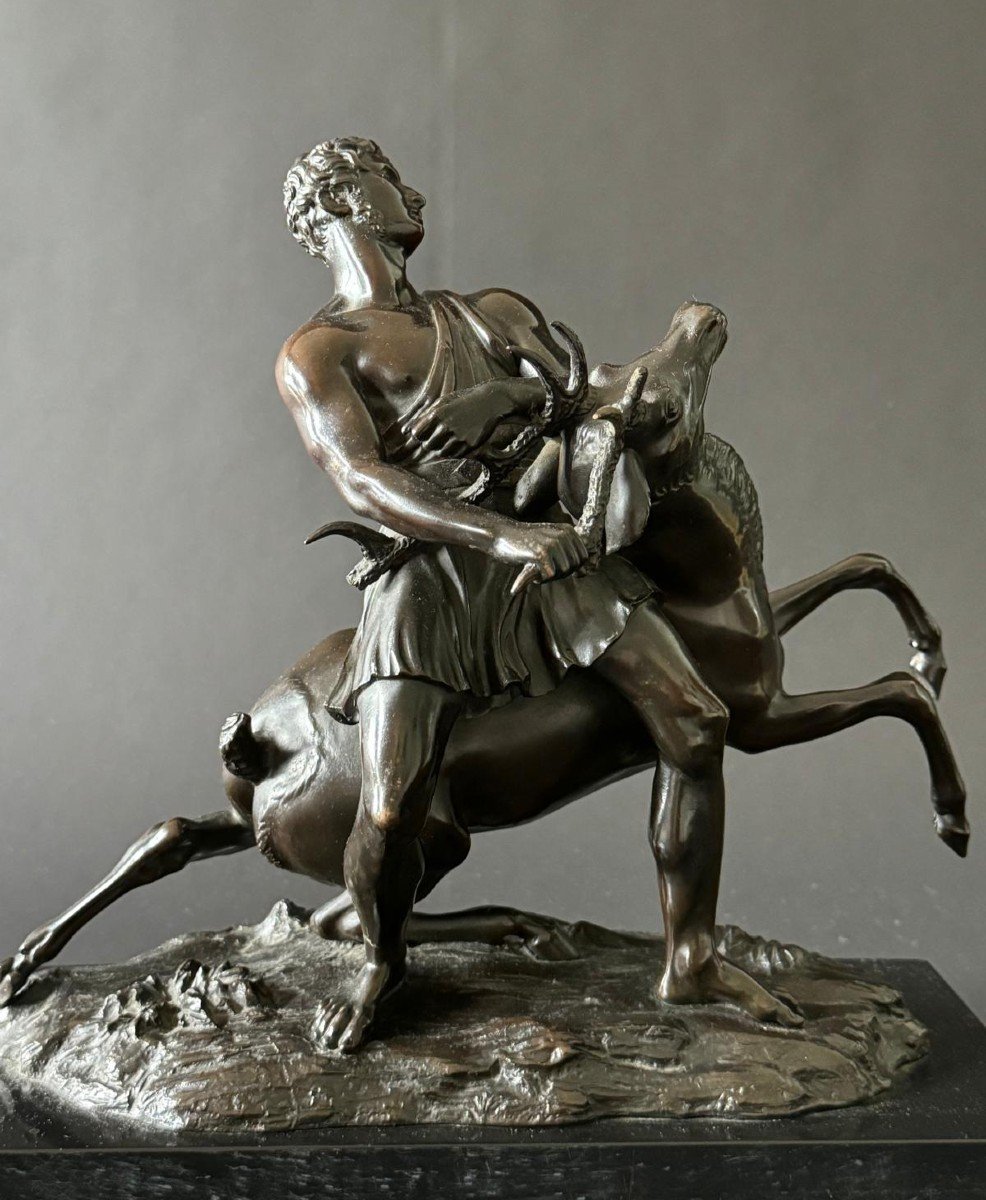
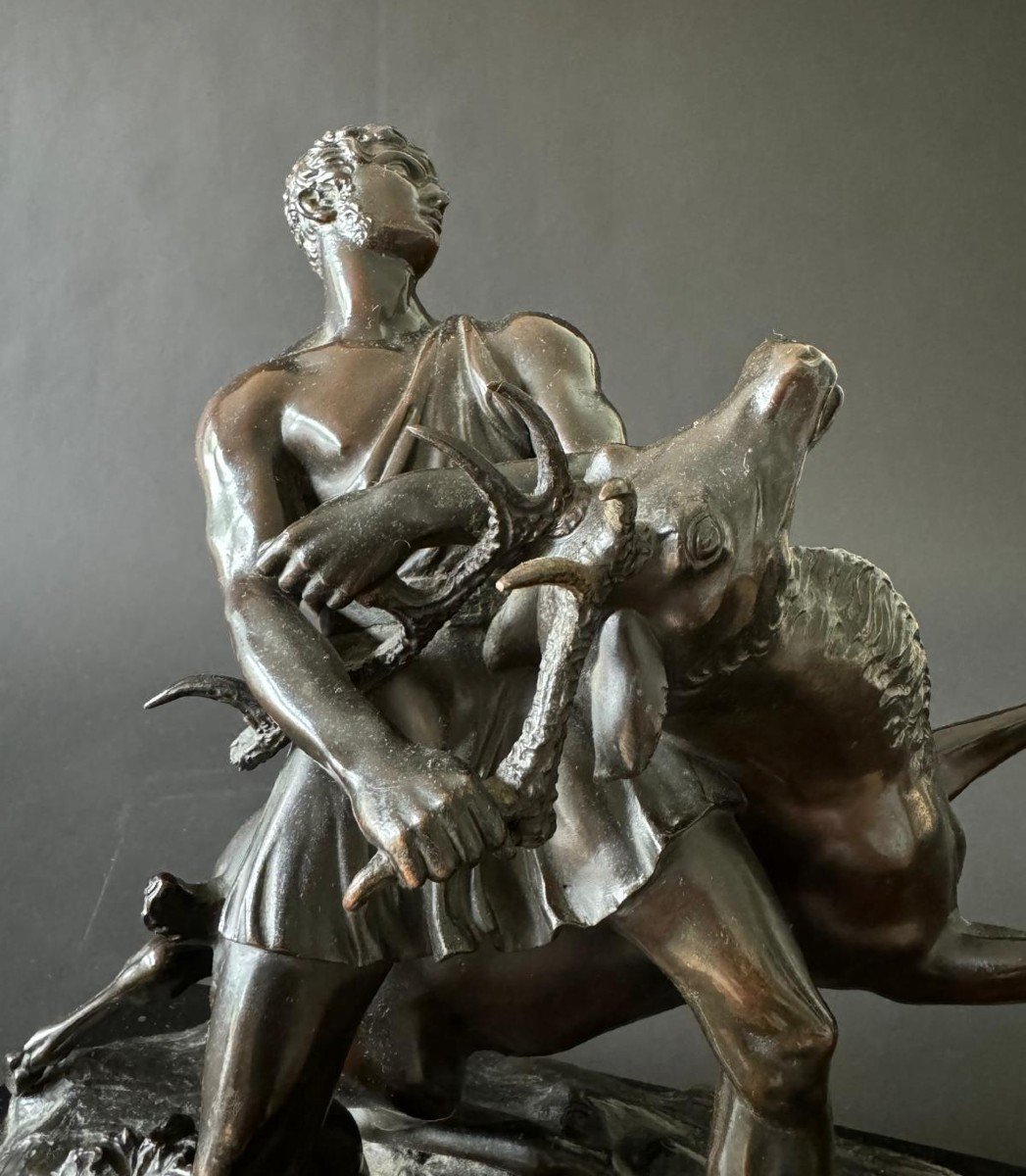
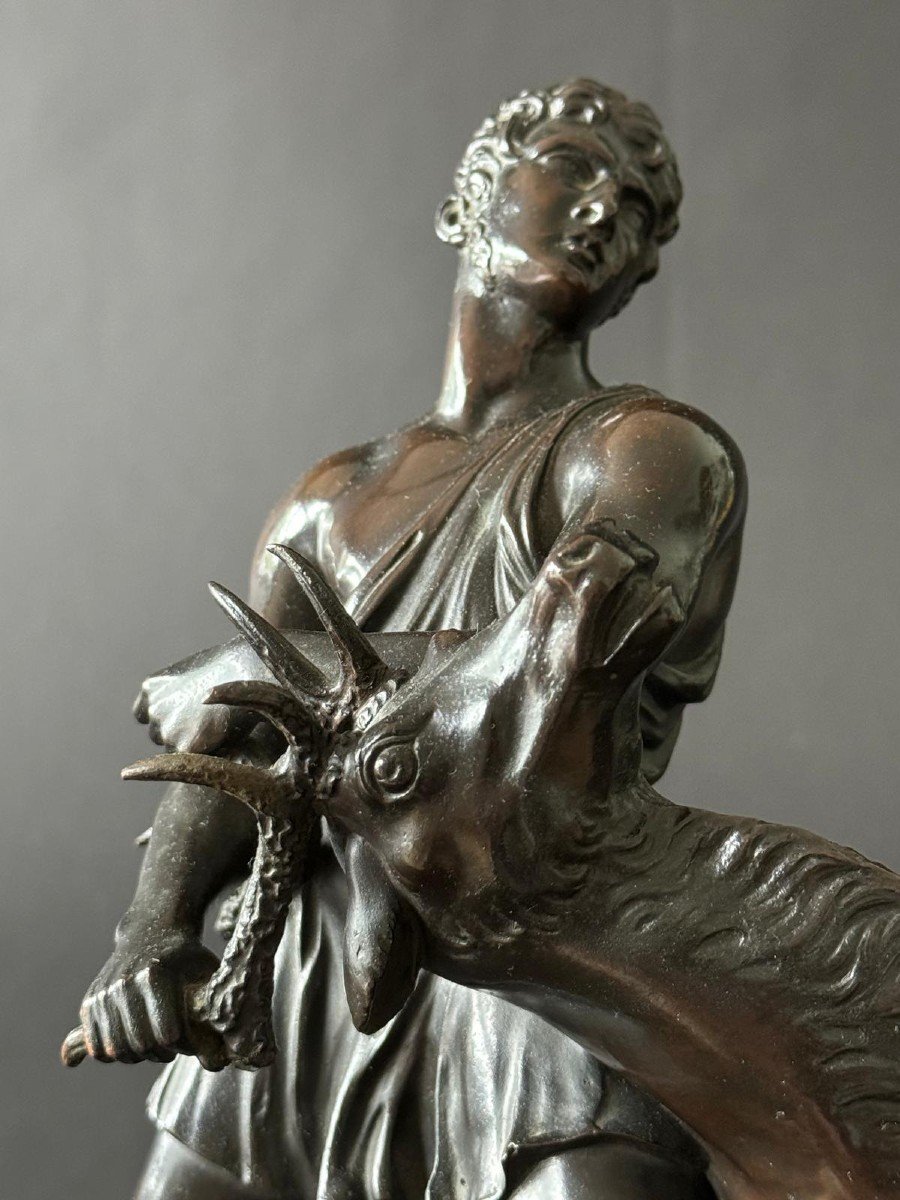
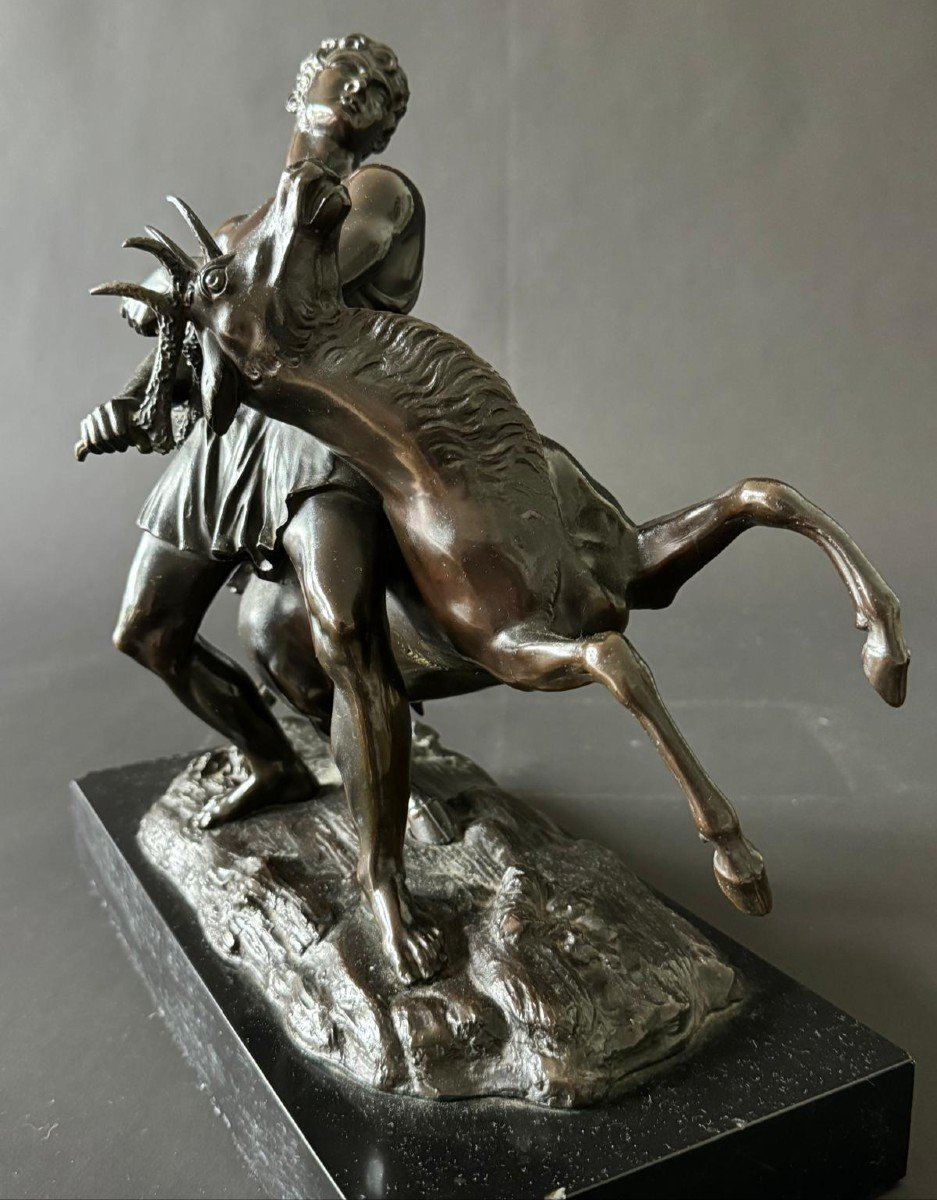

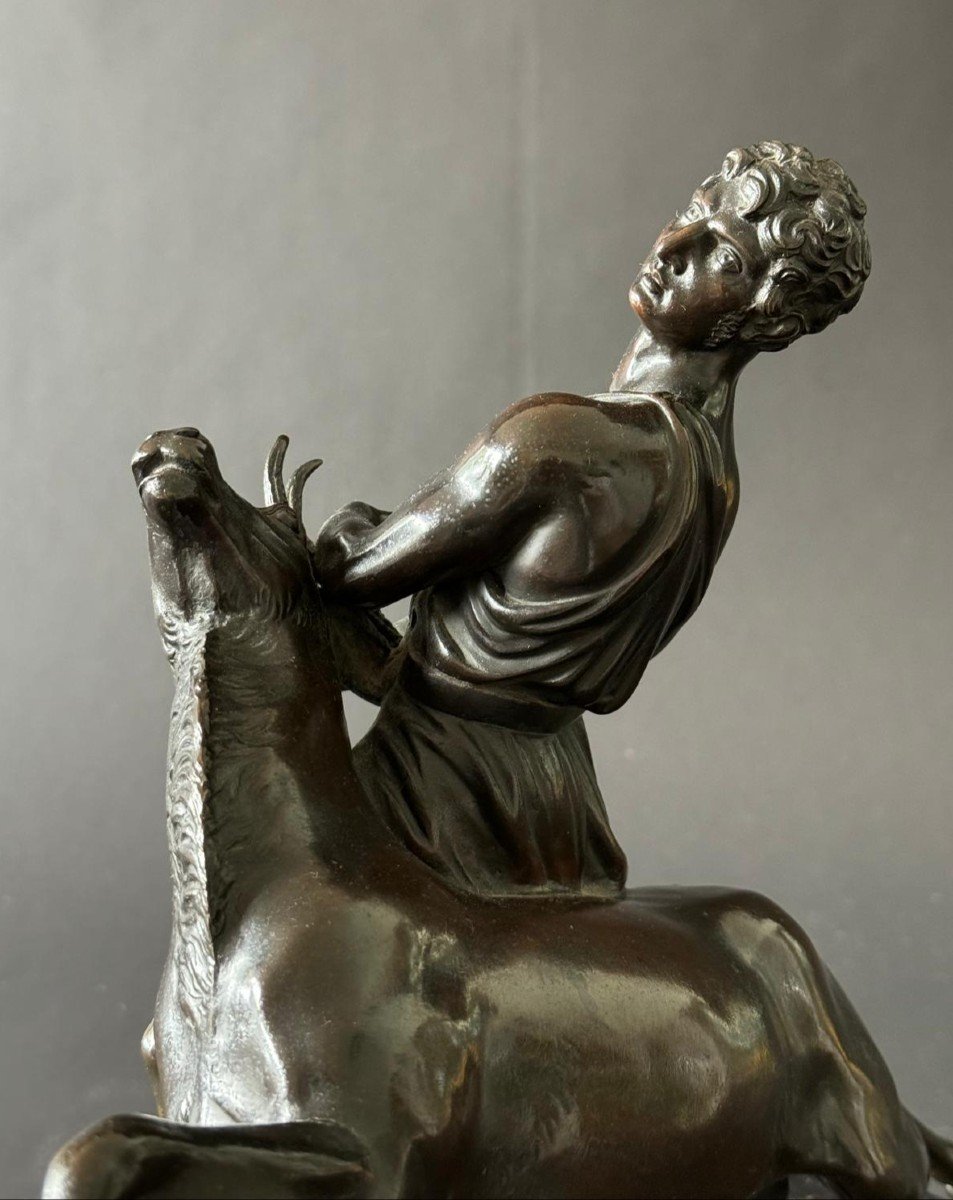
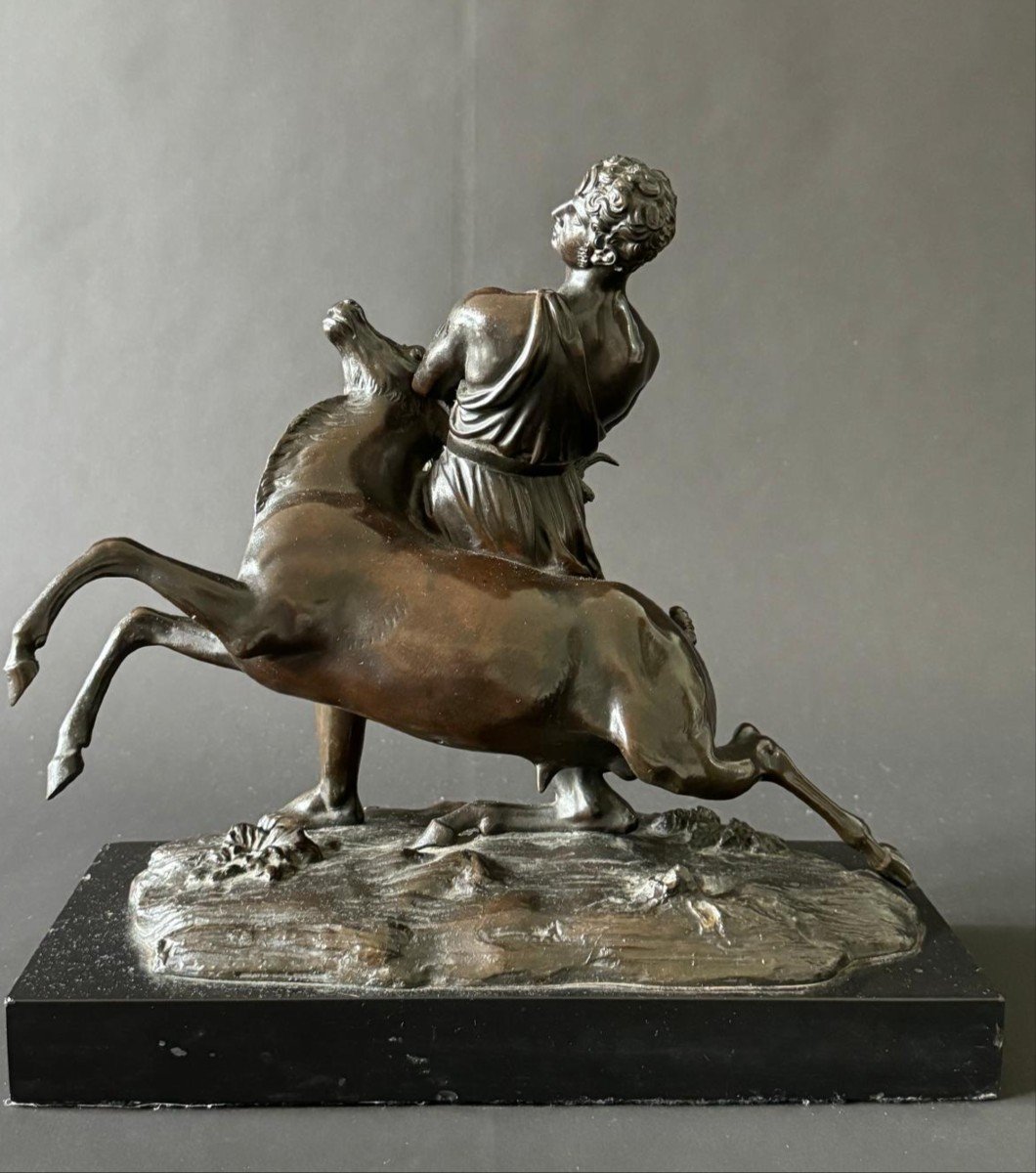
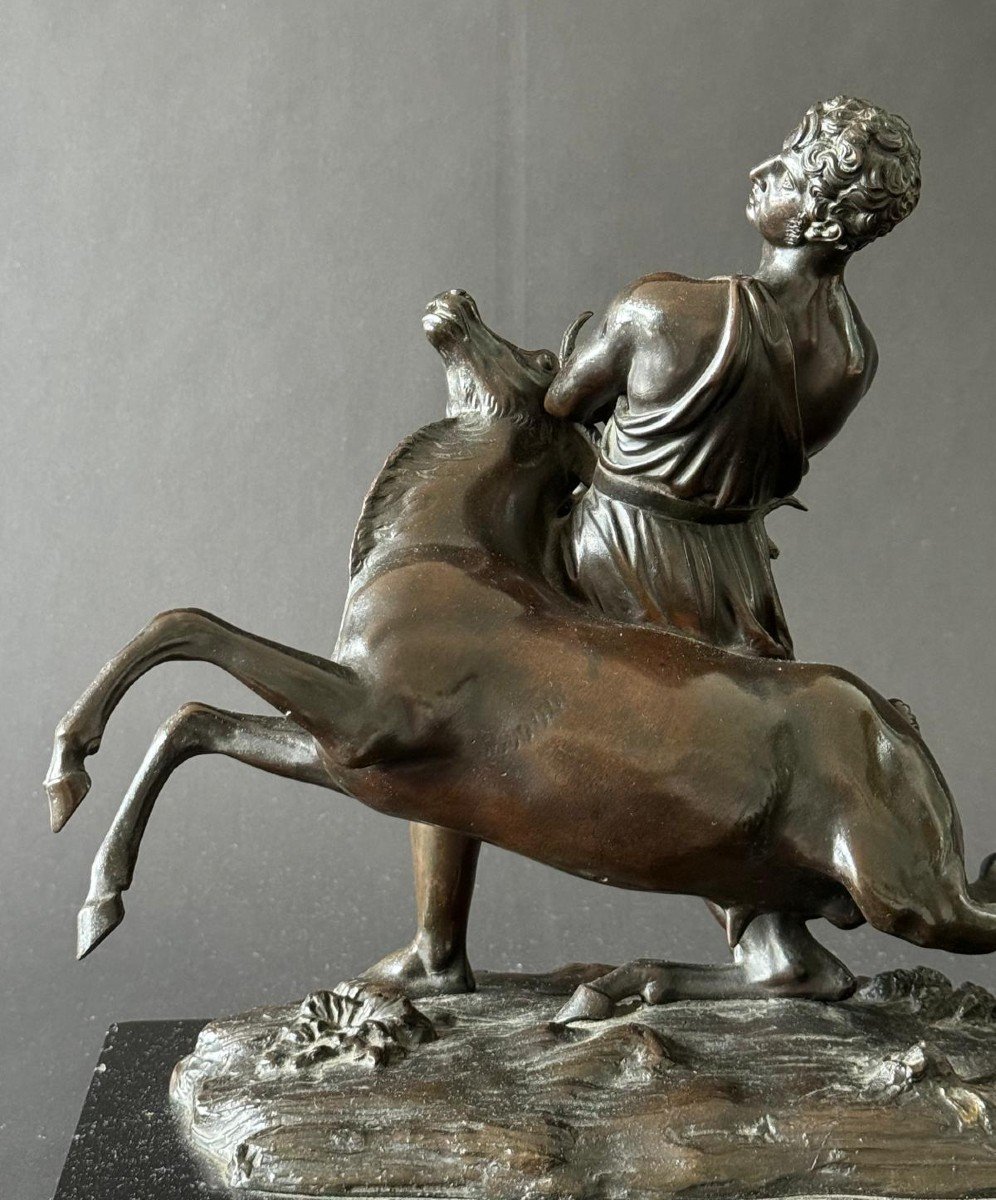
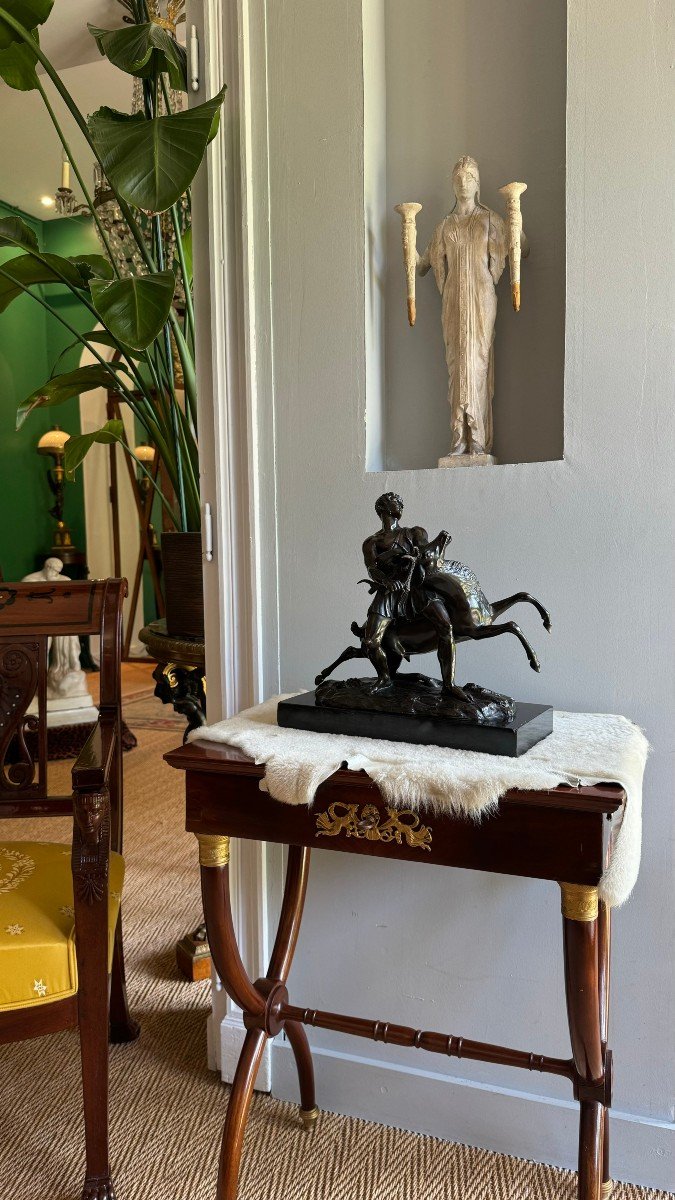














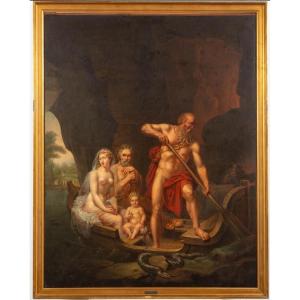
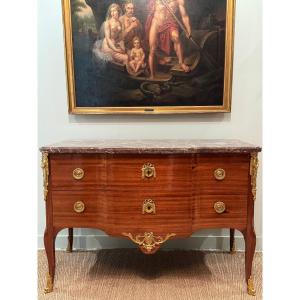



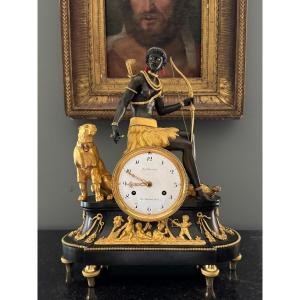
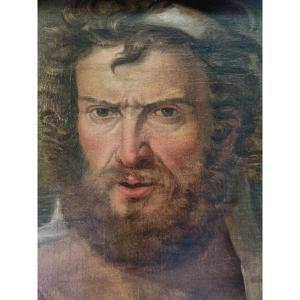







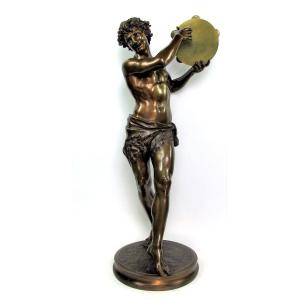


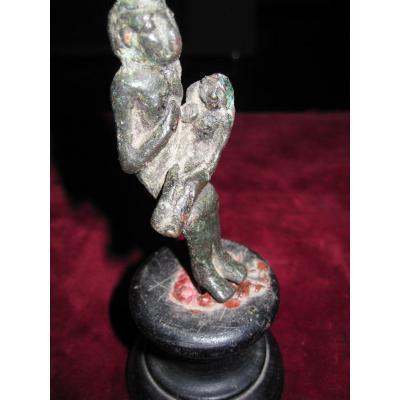



 Le Magazine de PROANTIC
Le Magazine de PROANTIC TRÉSORS Magazine
TRÉSORS Magazine Rivista Artiquariato
Rivista Artiquariato